
Sweco
Transforming society together.


Transforming society together.
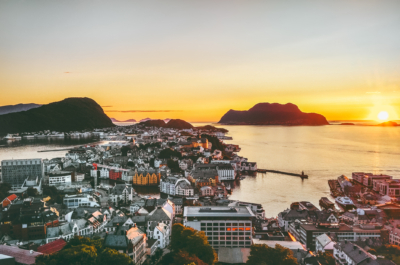
Sweco: Electrification is one of the most effective tools to address climate change and achieve a more sustainable society. Currently electrification is happening all over the world, but the pace of development in Norway can serve as an inspiration for the rest of the world. Almost all of Norway’s power generation, around 98 per cent, comes from renewable hydroelectric power.
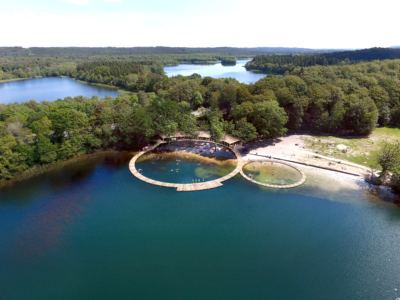
Sweco: The way we are accustomed to designing our cities, with paved streets and grand buildings, has proven to be less resilient to the effects of climate change. Preserving natural environments, forests and biodiversity in urban areas is vital for sustaining life and in the fight against climate change.
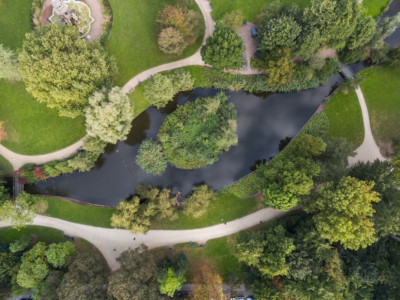
Sweco: Europe is aging, and both the young and the elderly are especially vulnerable groups when it comes to heat stress. As climate change intensifies, the threat of extreme heat is something that city planners should consider when designing the cities of the future.
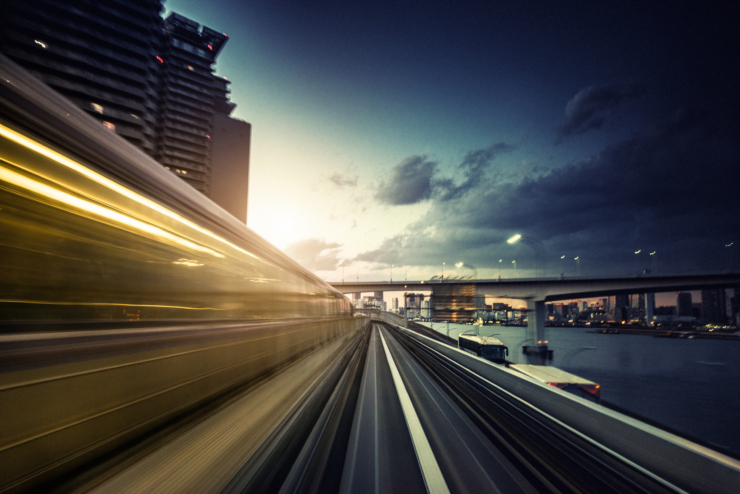
Sweco: Climate change has never been a more urgent global challenge. As world leaders gather at the climate summit COP 26 in November 2021 to discuss climate solutions for our planet, our focus at Sweco continues to be not only on how to address the climate crisis, but ways in which we can assist clients in making informed decisions on their carbon reduction ambitions.
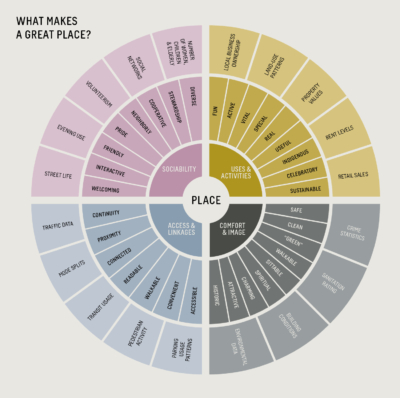
Sweco: What makes a great place? Holistic urban planning requires the involvement of citizens, different disciplines and other stakeholders, and there are proven methods that can support planners in achieving goals for sustainable city development.
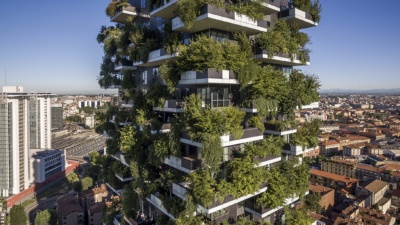
Sweco: Global citizens have seen the impact on societies that is being caused by climate change. Yet many cities around the world have still not adapted to climate change. Urban climate adaptation is essential for the future health and sustainability of our cities. How do you take a city from a lack of climate adaptation plans to one that plans and implements?